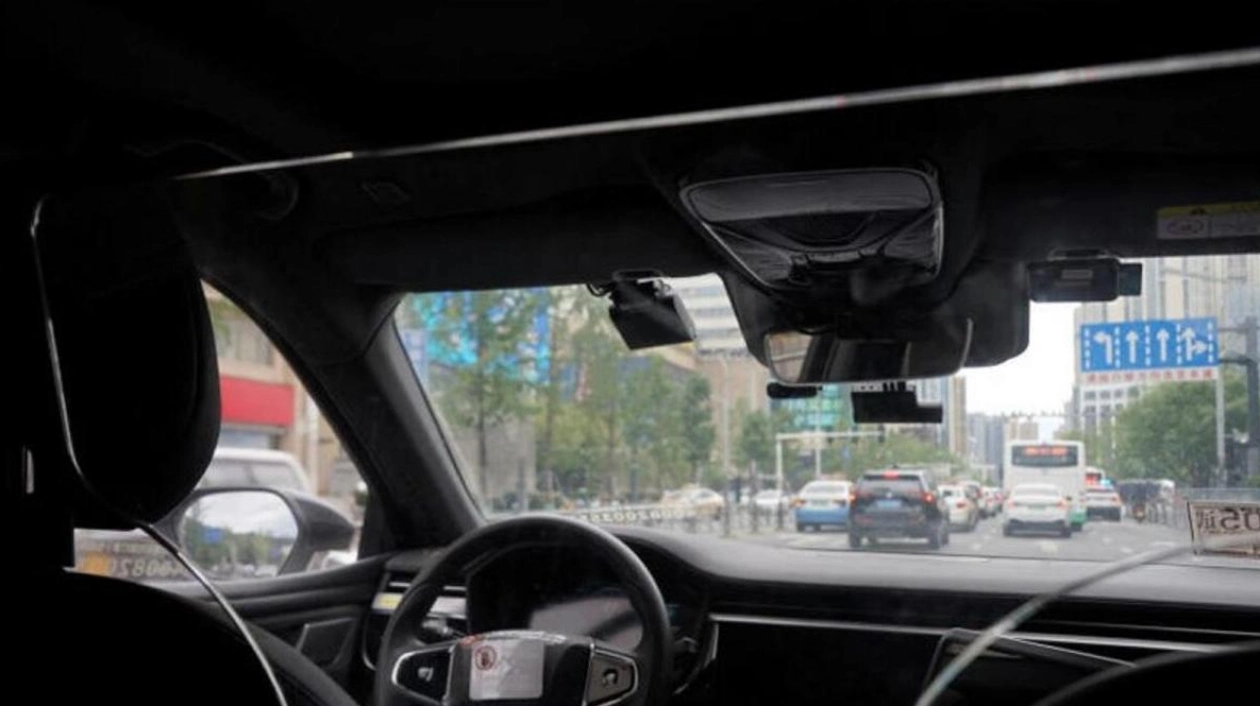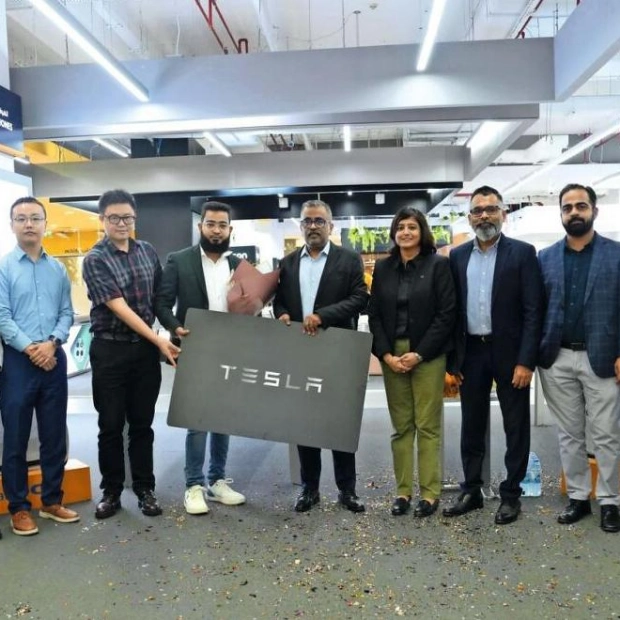Liu Yi, a 36-year-old resident of Wuhan, is one of China's 7 million ride-hailing drivers. He began driving part-time this year as construction projects slowed due to a nationwide surplus of unsold apartments. Now, as he watches his neighbors order driverless taxis, he foresees another crisis.
"Everyone will go hungry," Liu said, referring to the competition Wuhan drivers face against robotaxis from Apollo Go, a subsidiary of tech giant Baidu. Baidu and the Ministry of Industry and Information Technology did not comment. Economists and industry experts note that ride-hailing and taxi drivers are among the first globally to face job loss threats from AI as thousands of robotaxis appear on Chinese streets.
Although self-driving technology is still experimental, China has been more proactive in approving trials compared to the U.S., which often launches investigations and suspends approvals following accidents. At least 19 Chinese cities are conducting robotaxi and robobus tests, with seven allowing tests without human-driver monitors by industry leaders like Apollo Go, Pony.ai, WeRide, AutoX, and SAIC Motor.
Apollo Go aims to deploy 1,000 robotaxis in Wuhan by year-end and operate in 100 cities by 2030. Pony.ai, supported by Toyota Motor, currently operates 300 robotaxis and plans to add 1,000 more by 2026. WeRide is known for its autonomous taxis, vans, buses, and street sweepers, while AutoX, backed by Alibaba Group, operates in cities including Beijing and Shanghai. SAIC has been running robotaxis since late 2021.
Boston Consulting Group's managing director, Augustin Wegscheider, noted an acceleration in China, with a rapid pace of permits being issued, contrasting with the more gradual approach in the U.S. Alphabet's Waymo is the only U.S. firm operating uncrewed robotaxis that collect fares, with over 1,000 cars in San Francisco, Los Angeles, and Phoenix.
Robotaxis raise safety concerns in China, but their proliferation continues as authorities approve testing to support economic goals. President Xi Jinping's call for "new productive forces" has sparked regional competition. Beijing announced limited area testing in June, and Guangzhou plans to open roads citywide to self-driving trials.
Some Chinese firms have attempted to test autonomous cars in the U.S., but the White House is set to ban vehicles with China-developed systems. Boston Consulting's Wegscheider compared China's autonomous vehicle development push to its support for electric vehicles, noting that once committed, China moves quickly.
China has 7 million registered ride-hailing drivers, up from 4.4 million two years ago. With ride-hailing serving as a last-resort job during economic slowdowns, the potential side effects of robotaxis could prompt the government to slow down. In July, discussions about job loss from robotaxis surged on social media.
In Wuhan, ride-hailing drivers like Liu refer to Apollo Go vehicles as "stupid radishes," criticizing them for causing traffic jams. Liu also expresses concern about the impending introduction of Tesla's "Full Self-Driving" system and the company's robotaxi ambitions.
Wuhan driver Wang Guoqiang, 63, sees a threat to the lowest-class workers. "Ride-hailing is work for the lowest class," he said. Baidu declined to comment on drivers' concerns, referring to previous statements by Apollo Go's general manager, Chen Zhuo, who said the firm aims to be "the world's first commercially profitable" autonomous-driving platform.
Apollo Go reportedly loses almost $11,000 per car annually in Wuhan, but a lower-cost model could yield nearly $16,000 in annual profit per vehicle. In contrast, a ride-hailing car earns about $15,000 total for the driver and platform. Economists suggest that automating jobs could benefit China in the long run, given its shrinking population.
In the short term, balancing the creation of new jobs with the destruction of old jobs is crucial. Eastern Pioneer Driving School has reduced its instructors by more than half since 2019, now remotely monitoring students in 610 cars equipped with computer instruction tools. Computers assess students on every action, and virtual reality simulators guide them through complex tasks. The school's intelligent-training director, Zhang Yang, noted significant improvements in efficiency, pass rate, and safety awareness due to the use of machines.






